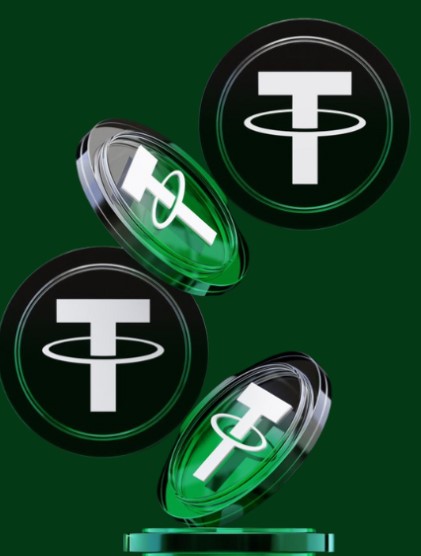Free Classifieds at USAOnlineClassifieds.com - View Item Content by ID 2098029

USAOnlineClassifieds > Business Opportunities > Money Making > Item ID 2098029
Item ID 2098029 in Category: Business Opportunities - Money Making
Cannot view this item. It could be pending, expired or deleted.
Below item is randomly selected from the same category and may have similar content.
Discover Rapid Flash USDT | |
Rapid Flash USDT. Speed Meets Security. Discover Rapid Flash USDT for ultra-fast and reliable transfers. Enjoy secure, seamless, and instant transactions with zero delays. Upgrade anytime for unlimited access and premium features. Lightning-Fast & Secure Transfers. Open the app and follow our simple, step-by-step process — perfect for both beginners and pros. Buy Flash USDT and your transfer happens instantly — no delays, no complications, just speed and security Visit: https://www.cryptoflash2.com/ WhatsApp: +44 7377 700085 Email: info@flashblock.com  | |
| Related Link: Click here to visit item owner's website (0 hit) | |
| Target State: All States Target City : All Cities Last Update : Nov 19, 2025 7:08 AM Number of Views: 29 | Item Owner : Crypto Flash Tool Contact Email: (None) Contact Phone: (None) |
| Friendly reminder: Click here to read some tips. | |
USAOnlineClassifieds > Business Opportunities > Money Making > Item ID 2098029
© 2025 USAOnlineClassifieds.com
USNetAds.com | GetJob.us | CANetAds.com | UKAdsList.com | AUNetAds.com | INNetAds.com | CNNetAds.com | Hot-Web-Ads.com
2025-11-20 (0.574 sec)